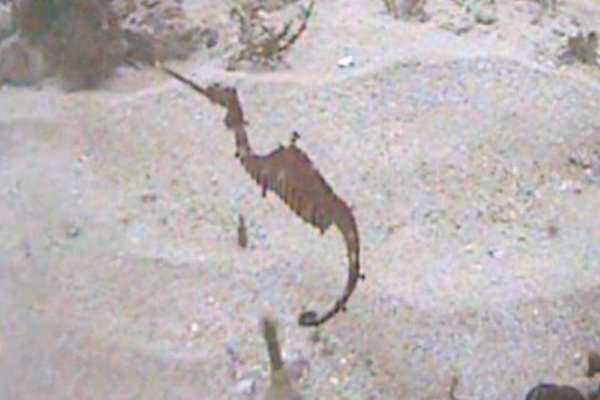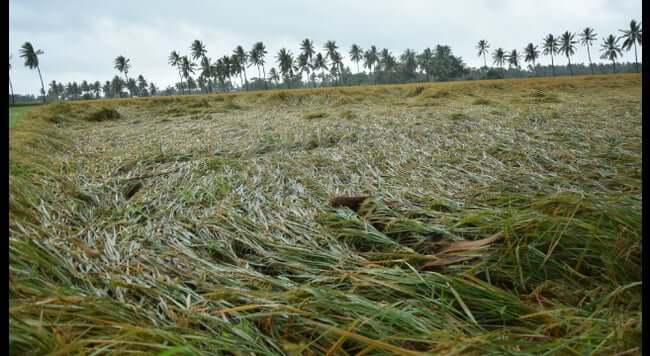Scientists glimpse a ruby sea dragon in the wild for the first time
Sat 14 Jan 2017, 09:38:43

A new kind of sea creature was observed in the wild for the first time, years after it was discovered among old museum specimens.
The ruby sea dragon is the third of three sea dragon species to be known to science.
The recent encounter with the creature overturns some of the conclusions scientists had made about the animals, which are found mostly in the ocean waters around Australia.
The crimson creature's discovery was announced in February 2015, after a group of researchers found it among several specimens held by a museum in Australia. The team published a study last year saying that these specimens, one of which was collected nearly a century ago, had been misclassified as common sea dragons.
That same group of researchers, including Scripps Institution of Oceanography marine biologists Josefin Stiller and Greg Rouse, and Nerida Wilson of the Western Australia Museum, then took a boat off the coast of western Australia, where they caught footage of the animal in its natural habitat for the first time.
And the animal they saw served up some surprises.
Previously, scientists had thought sea dragons were distinguished by long, wispy, leaf-like appendages. This feature helped name the two other species in existence — the leafy sea dragon and the common sea dragon (also known as the weedy sea dragon).
But the ruby sea dragon lacks these, bearing a far greater resemblance to a sea dragon relative, the seahorse.
Other sea dragon species use their leafy limbs to blend in with the seaweeds growing in their preferred habitat.
Other sea dragon species use their leafy limbs to blend in with the seaweeds growing in their preferred habitat.
Stiller, Rouse and Nerida were not sure if the animal they had seen in the museum had lost its wispy protuberances during the collection process, or if they simply did not have them to begin with.
Upon seeing the animal in the wild without the same plant-like growths as other sea dragons, the team concluded the ruby sea dragon may have lost them somewhere along the evolutionary timeline.
The ruby lives in an altogether different type of environment than its cousins, favoring deep waters dotted with sea sponges, rather than with seagrass and kelp.
At more than 50 meters below the surface of the ocean, the team needed to use an unmanned submersible, supplied by Australian company Total Marine Technology, to capture footage of the animal.
They think the sea dragon's red color may now be what camouflages it in the darkened waters, the researchers said in a news release.
The animal also appears to have a prehensile tail, another unique feature, which it may use to anchor itself to rocks or other objects when waters grow turbulent.
And it is not a vegetarian. The team witnessed the animals striking at prey during the expedition.
The team will continue to research the animal, and said in the study that they are recommending that Australian authorities take steps to protect the species.
No Comments For This Post, Be first to write a Comment.
Most viewed from International
Most viewed from World
AIMIM News
Latest Urdu News
Most Viewed
May 26, 2020
Do you think Canada-India relations will improve under New PM Mark Carney?
Latest Videos View All
Like Us
Home
About Us
Advertise With Us
All Polls
Epaper Archives
Privacy Policy
Contact Us
Download Etemaad App
© 2025 Etemaad Daily News, All Rights Reserved.



.jpg)






.jpg)
.jpg)








.jpg)
.jpg)
.jpg)
.jpg)
.jpg)

















